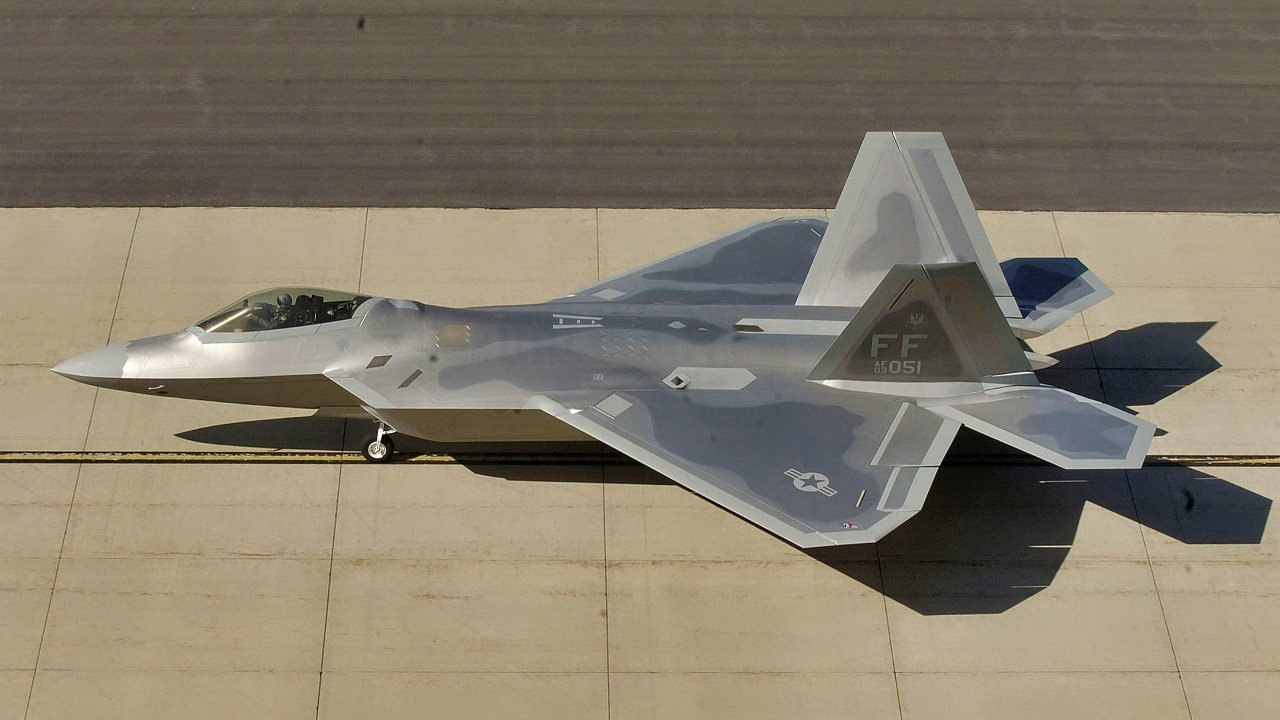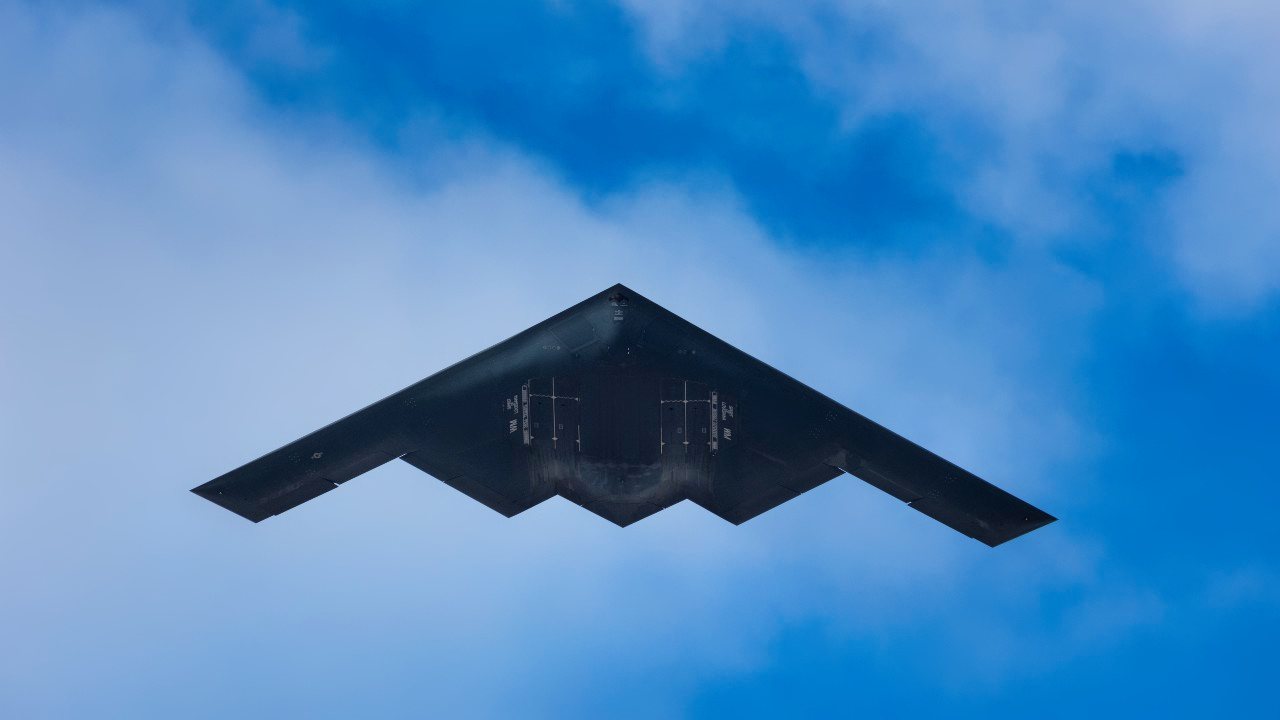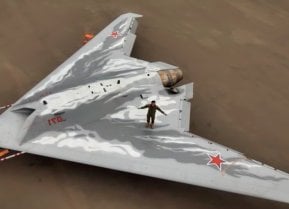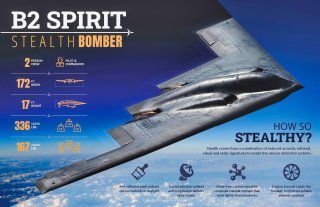The U.S. Air Force Is Getting Old Fast
The U.S. Air Force has airframes like the F-22, F-35, and B-2 bomber. And yet, the service is flying many older planes for far longer than ever dreamed of.
The U.S. Air Force's Fleet Is Getting Old Fast - The United States Air Force celebrated its 75th anniversary in September 2022. What is especially noteworthy is that it was just five years after it was established as the fifth branch of the U.S. military in 1947 that the Air Force saw the Boeing B-52 Stratofortress take its maiden flight.
That bomber is still flying.
In fact, the long-range strategic bomber was first introduced before many of the parents of its current crews were even born. Thanks to numerous upgrades, the service intends to keep the B-52 flying well into the 2040s or early 2050s, by which time the venerable aircraft will have been in service for around a century.
It would be hard to imagine that any naval vessel or tank made in 1923 would still be fit for service today, yet military hardware reached a level of "perfection" in the latter decades of the Cold War – and there wasn't the same need for further development and constant replacement.
Some platforms reached that level earlier than others.
That very much explains how the Colt M1911 .45 caliber semi-automatic handgun is still universally respected after entering service before the First World War. John Browning's handgun design was so good that it was hard to improve on it, and it arguably took the introduction of new polymer materials for other designers to even come up with something revolutionary
Likewise, the U.S. Navy's Nimitz-class aircraft carriers were developed in the early 1970s while the U.S. Army's M1 Abrams main battle tank (MBT) entered service more than 40 years ago.
The Age of the Aircraft Not the Designs
The United States Air Force continues to operate many of the "teen" series of fighters that were developed from lessons learned during the Vietnam War – notably the F-15 Eagle, the F-16 Fighting Falcon, and the F/A-18 Hornet/Super Hornet – even as newer and more advanced fighters including the F-22 Raptor and F-35 Lightning II have entered service.
Simply put, those aircraft still get the job done and have a place alongside the newer "fifth-generation" fighters.
Yet, the issue isn't the designs. It is the age of the aircraft that is a serious problem for the United States Air Force. As Defense News warned in September 2022, "The average (F-16) Fighting Falcon is more than 30 years old, and some started flying in the early 1980s. While the Air Force tries to breathe new life into some F-16s in hopes they'll keep flying into the 2040s, the general in charge of planning for the service's future knows a replacement is inevitable."
The average age of fighter aircraft in the United States Air Force's fleet is about 28 years old, and the problem is that replacement fighters, particularly F-35As, can't arrive fast enough.
Defense News further reported that top Air Force officials have long said the service should buy at least 72 fighters each year. Funding such procurements would help the service both modernize and lower the average age of the fleet – but the original budget request for the fiscal year 2023 (FY23) called for nearly $7.2 billion to procure 57 new fighters, including twenty-four F-15EXs and thirty-three F-35As.
In addition to coming up short in the total number of new aircraft the service would have received as part of the budget request, there is still the fact that Boeing, maker of the upgraded F-15EX Eagle II, and F-35 maker Lockheed Martin couldn't possibly meet the demand. The aircraft would be ordered, but it could be until the end of the decade until the aircraft are actually delivered.
There is also the issue that Boeing has seen its costs rise, to the point that it is now facing an impasse with the U.S. Navy on the latest block of F/A-18 Super Hornets.
The Shrinking Fighter Force
The latest, and arguably most advanced aircraft, take time to build. That partially explains how the fighter force has dwindled from 4,556 aircraft in 1990 to 2,176 today.
According to Air & Space Forces magazine, which cited a report from the Air & Space Forces Association's Mitchell Institute in June, the number of fighters will continue to fall. The service is retiring 801 fighters and only buying 345 through 2028, the report warned.

Although the Air Force has requested seventy-two fighters in 2024, the number it has long said it needs to buy every year, that number no longer stops the rate at which the fleet is aging. To achieve a sustainable 20-year refresh rate, the report said that the service actually would need to buy 109 fighters a year. That could further hold down long-term sustainment costs.
Old Warbirds Can't Fly Forever
The easiest solution would be to maintain the aging aircraft – which is essentially what some lawmakers have attempted to force on the Air Force. Yet, old aircraft can't keep flying forever.
It was a year ago that the Air Force began retiring the aging fleet of F-15C/D Eagles that had been in service for more than four decades, citing reliability and maintenance issues with the old warbirds. It was hardly "news" that the older-model F-15s were an issue. NBC News reported back in December 2007 that inspectors discovered major structural flaws in eight older-model F-15 fighters.

While upgrades have kept some older aircraft – such as the B-52 bomber – in the skies, the fact remains that airframes have only so many hours before they're simply too old to keep flying. The question is whether the Air Force can truly replace its aging aircraft fast enough to maintain a viable fleet for a future conflict.
Author Experience and Expertise
Peter Suciu is a Michigan-based writer. He has contributed to more than four dozen magazines, newspapers, and websites with over 3,200 published pieces over a twenty-year career in journalism. He regularly writes about military hardware, firearms history, cybersecurity, politics, and international affairs. Peter is also a Contributing Writer for Forbes and Clearance Jobs. You can follow him on Twitter: @PeterSuciu.
All images are Creative Commons.


